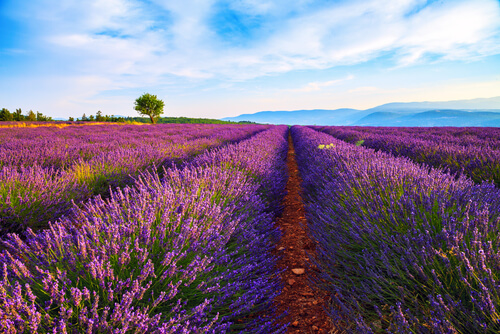
Lavenders are perennial plants that carry the strong scents of the Mediterranean and bring it into your home or garden. The lavenders stay fresh throughout the course of the entire year. Many people want to get lavender plants in their garden, but they worry that the process involved might too difficult.
We’re not gonna lie to you, getting yourself some lavenders and then taking care of them won’t exactly be a cakewalk. That said, while the path is perilous, the reward is equally notable. Lavender has been revered across the globe for its fragrance, medicinal applications, and gorgeous aesthetic.
Today we’re going to teach you everything you need to know about lavenders. From proper care to fun facts, you’re going to get it all here today. If you find this resource useful then we encourage you to share it with all your botanists, gardener, and farmer friends so that they too may benefit from the information contained herein.
1. Location
If you want to grow lavenders, you should choose a spot that has enough natural light. Lavender is a herb from the Mediterranean and as such prefers warmer climates to cold ones. Find an area that will give your spot at least eight hours of direct sunlight every day.
Ideally you’d also want the spot to have some sort of cover to protect your lavender from the wind. Check to see if the soil has enough drainage. Lavenders can’t handle dampness, so paying mind to the soil is essential to achieving the best results.
If you want to improve the drainage of your soil, you can add some silica sand in before you plant the lavenders. Silica sand never cements but it helps your soil drain out any excess moisture.
You could also consider putting your lavenders on a raised bed to optimize the drainage process. Regularly check the soil around your lavender to see if things are getting too damp.